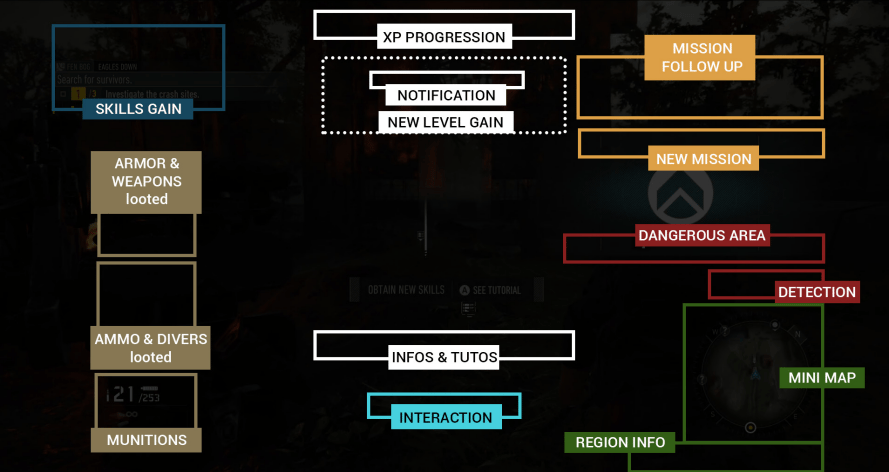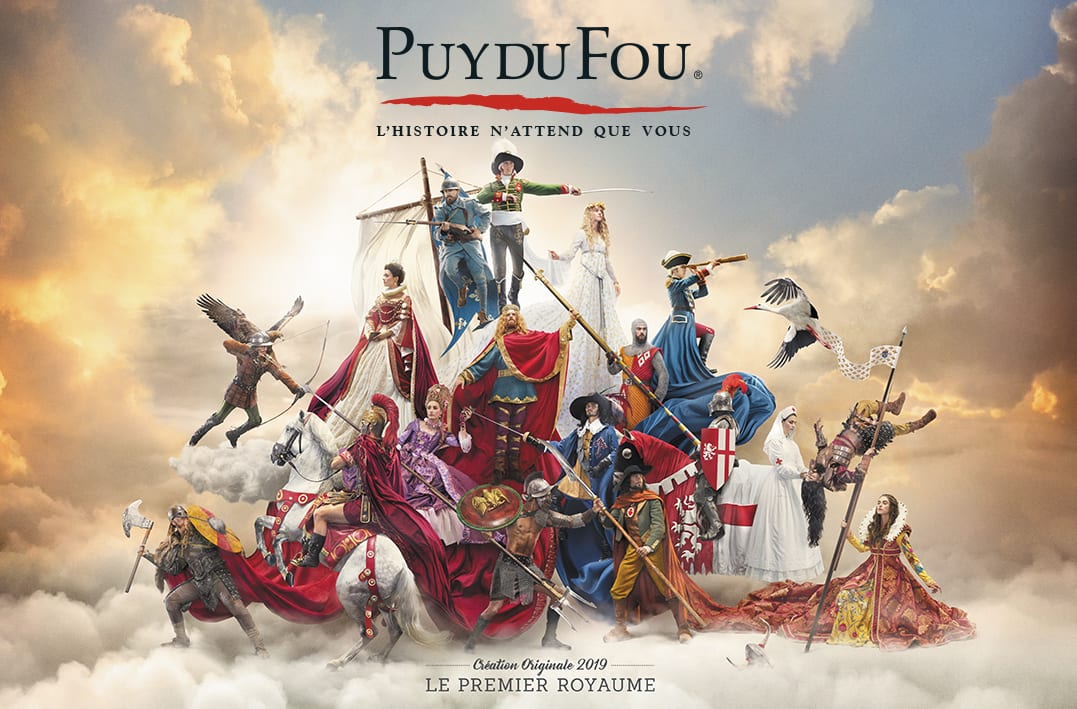
UBISOFT
GHOST RECON BREAKPOINT

ONBOARDING DESIGN
As a UX Designer I had to provide a detailed analysis of the onboarding of the game Ghost Recon Breakpoint. This analysis is mainly about the first hour of the game. The goal of this analysis was to identify a major concern in the game's experience, and to propose a solution to the identified need. In this perspective, I analyzed and provided a UX and UI recommendation file by highlighting the storytelling and the hierarchization of the information perceived by the player during the onboarding of the game.
Breakpoint has many problems in its narrative experience, and the interface as well as the poorly timing of the kinematics create a surplus of information for the player that needed to be highlighted.
The project presented below was carried out as part of a test with Ubisoft teams. Presented and validated by the Ubisoft Paris UX team.
DETAILS:
- 2022
- AAA Game
- UX/Narrative Reco


MY WORK
As a UX Narrative designer on this mission, my focus was on creating an intuitive and engaging interface layout that provided players with the information they needed without overwhelming them. I worked ont a splitscreen information approcah to ensure that the hierarchy of information on the screen was clear and easy to understand, with important information prominently displayed.
To enhance the narrative flow of the game, I rethink storytelling elements into the interface design. This helped to immerse players in the game world and provided them with a better understanding of the story and their role within it.
I also worked on creating a more narrative approach to the game itself, with a greater emphasis on character development and storytelling. This included creating a new cinematic and introduction of the Teammates for example, helping the player to be immersed directly in a narrative context and guiding to this primary gameplay element. This had an impact on the game's overarching story.
Through my work on Ghost Recon Breakpoint, I was able to showcase my ability to create an intuitive and engaging interface layout that enhanced the game's narrative flow. I believe that my work on this project demonstrates my skills as a UX Narrative designer and my ability to create immersive game experiences that capture the player's attention and keep them engaged
- User research: Conducting Benchmark and user research to identify user needs, pain points, and preferences.
- Information architecture: Organizing and structuring information in a clear and easy-to-understand way.
- User journey mapping: Creating user journey maps to identify user behaviors and pain points throughout the user experience.
- Storytelling: Developing storylines, characters, and dialogue that contribute to an immersive and engaging game experience.
- Communication: Effectively communicating design decisions and rationale to stakeholders and UX leaders
- Empathy: Demonstrating empathy for the user and ensuring that the user's needs and preferences are considered throughout the design process
- Wireframing: Creating wireframes to visually represent the layout and functionality of the user interface.
- Visual design: Creating visual designs that are engaging and visually appealing, while also adhering to branding guidelines.
- Scriptwriting: Writing scripts for cutscenes, dialogues, and other narrative elements in the game.
PLAYER EXPERIENCE SKILLS
SKILLS :
- UX Design
- Narrative Design
- UI Design

ANALYSING
There are several onboarding issues that can be identified when diving into the first hour of BreakPoint. The recurring problem that mainly impacts the player experience is the issue of information distribution. This distribution of information can be broken down into several sub-problems :
Three types of problems are identified that give the player a surplus of information today: prioritisation, relevance and quantity.
The "Erewhorn" Multiplayer Hub is a mandatory point of passage for the player and adds a lot of information in a very short period of time, all without any real narrative context.
The information is mostly transmitted through the player's interface and very little through an action of his choice. The action comes to the player without him asking for it.
The majority of the interface overlaps and succeeds each other by letting different information, new information etc... the right and centre player interface is overloaded and nothing on the left.
FACT :
The addition of more narrative phase is an approach considered from the beginning in order to immerse the player through the scenario, directly into the proposed experiences. A player who is narratively invested will be more inclined to discover what is being offered.
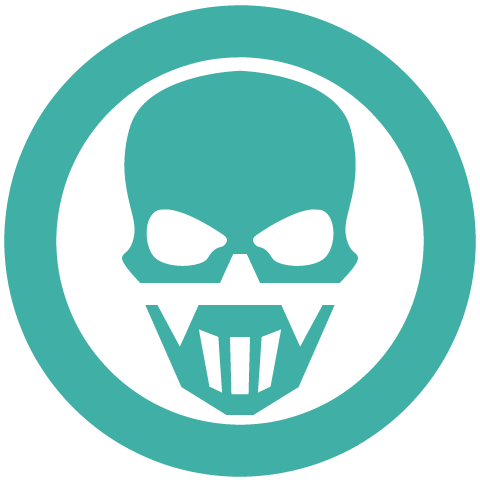
HIERARCHY
The player interface is quickly very full and informative about the different components of the game. Its hierarchy distributes the information in a disorganised way and does not allow the player to take bearings in order to facilitate his experience.

OLD
NEW
QUANTITY
The first 30 minutes of the game are filled with new information divided into two zones, the one before arriving in the multiplayer hub "Erewhorn" and the one in "Erewhorn". The two areas are very unbalanced in terms of the information they give to the player.

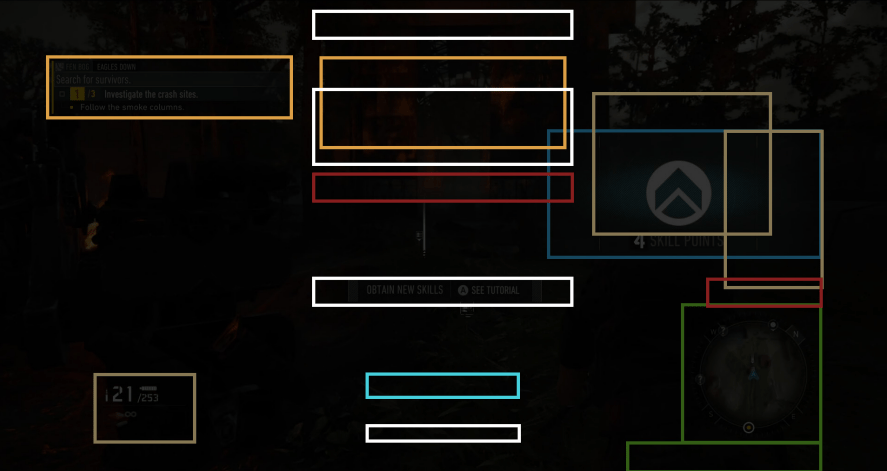
RELEVANCE
The relevance of some information is questionable and becomes a real "forcing" of information placed there without context. This is the case when the player learns about the Story and Conquest Mode as well as the Teammates.
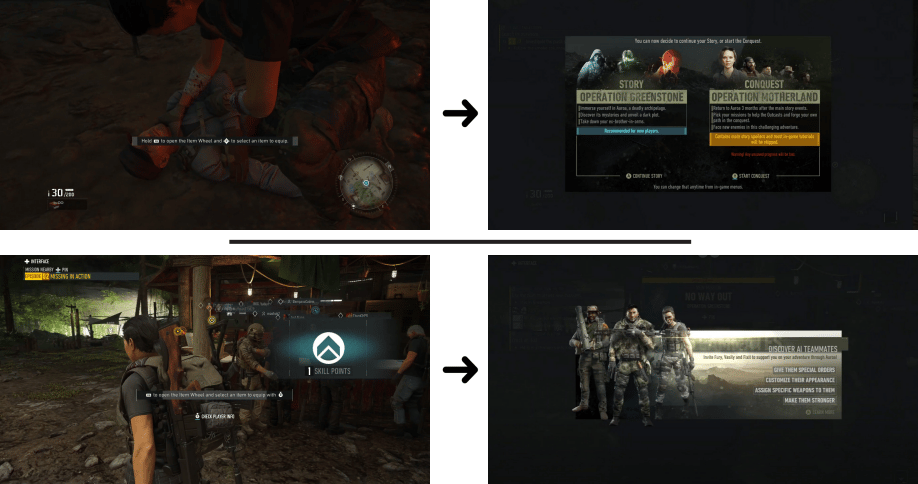
SUGGESTED SOLUTION
Redesign the screen display and rethink the transmission of information in order to integrate it directly into a justified and above all coherent narrative context. Allow the player to fetch the information himself so as not to create a "forcing" of information distribution.
FACT:
Structuring the information on the screen and differentiating the minimal and major information through more narrative approaches allowed me to think and design a more engaging solution for the player.

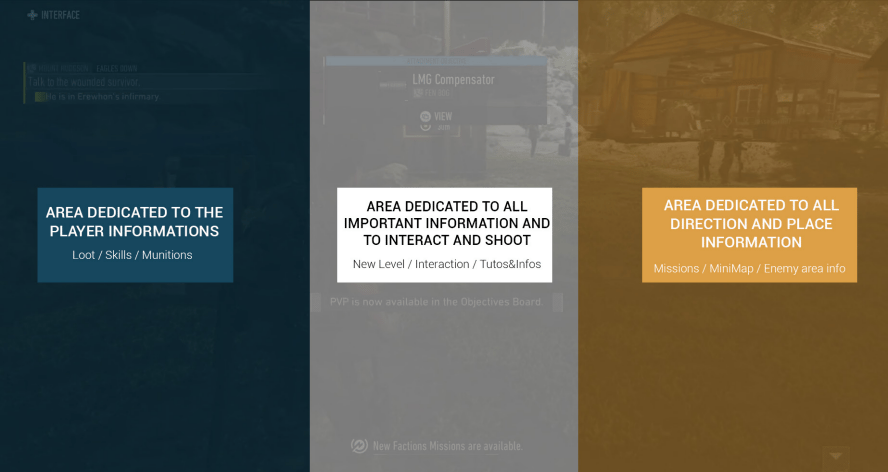
By dividing the screen into 3 distinct zones in order to better focus the information transmitted to the player, we isolate 3 types of information. This information can then be better understood by the player who finds his way around the UI.
Rearrange the interface while keeping the information important and relevant to the the player. This will make it easier for the player to get the hang of the game and allow him to and allow the player to focus on the many other information.
The distribution of information is not only related to the prioritisation of information but also to the amount that floods the player's mind and screen when they arrive in Erewhorn. On the graph provided earlier, we can see a peak of 11 new pieces of information to take into account in less than 1 minute !
The objective is to make the player arrive at the information he is looking for and not to make the information arrive without any real context or direct need (relevance concerns explained earlier). For the example, we will focus on a solution for the appearance of the Teammates information.
The player is in a space where there is no risk of attack, so he is free to go and discover the game modes and other features on his own. The icons are important points for exploration, and once worn can trigger a tutorial on what the player is looking for (for example, a NPC with the mention PVP is written on the map, if the player goes to see it, the information will be given, otherwise why bombard the player with tutorials ? )
The player arrives at Erewhorn and sees only 1 objective to reach, no information appears on the screen. He is still in the discovery phase and must reach this point to complete the introductory narrative. The player is still in the onboarding phase and is guided by the narrative, the objective should be the only information he needs to see for the moment, he is still in HIS discovery phase. discovery phase.
01
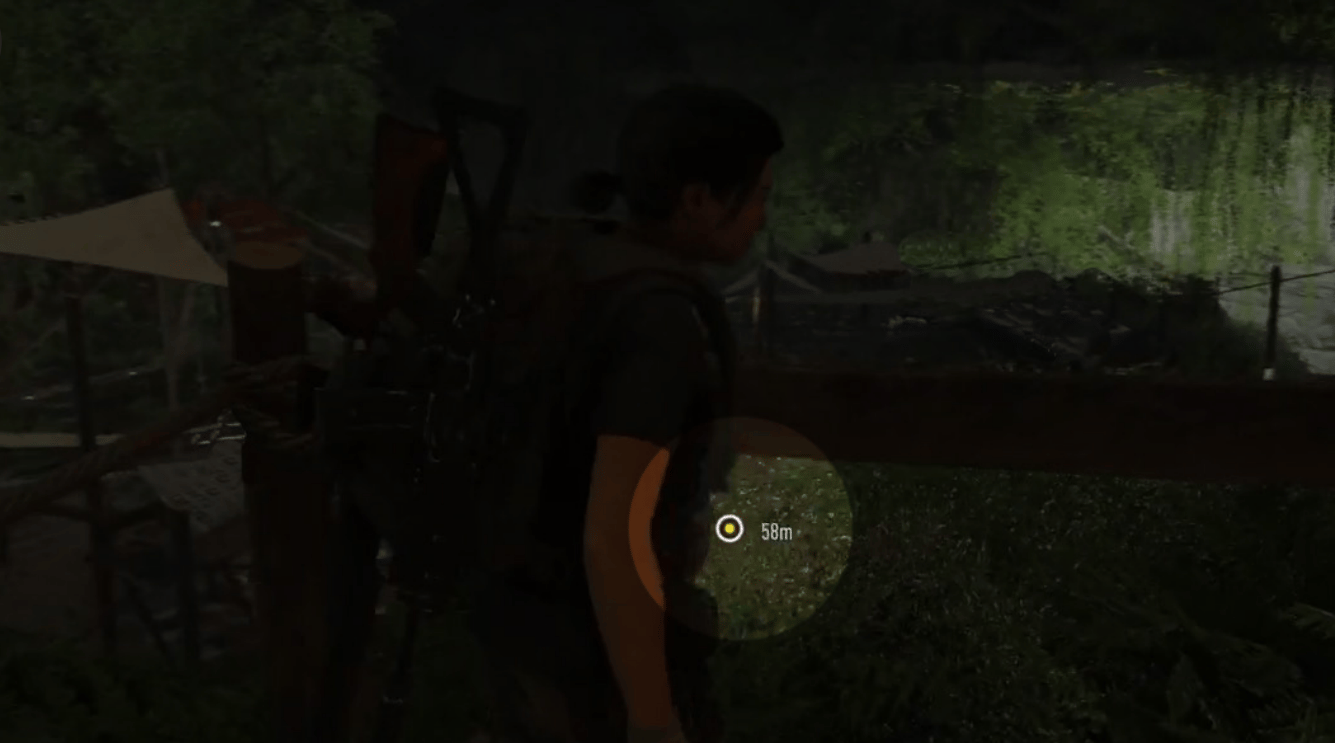
The arrival of the player in the Multiplayer zone, a cinematic sequence is launched where the hero meets his companions. The Teammates will now be introduced during this cinematic. While chatting with his surviving teammates, the player will learn that learn that other agents could fight with him fight with him, while they have to rest. Introduction of Teammates through narration into the player's experience. Indirect quest.
02

When the cinematic ends, the player receives a display a display on his screen telling him that the Teammates are available. We do not bombard him of information for the moment, the player can choose to launch the
can choose to launch the Mission that will guide him to these to these famous agents. Direct quest, but secondary. The player knows that he can or cannot learn about this aspect of the aspect of the game, and come back to it whenever he wants.
03
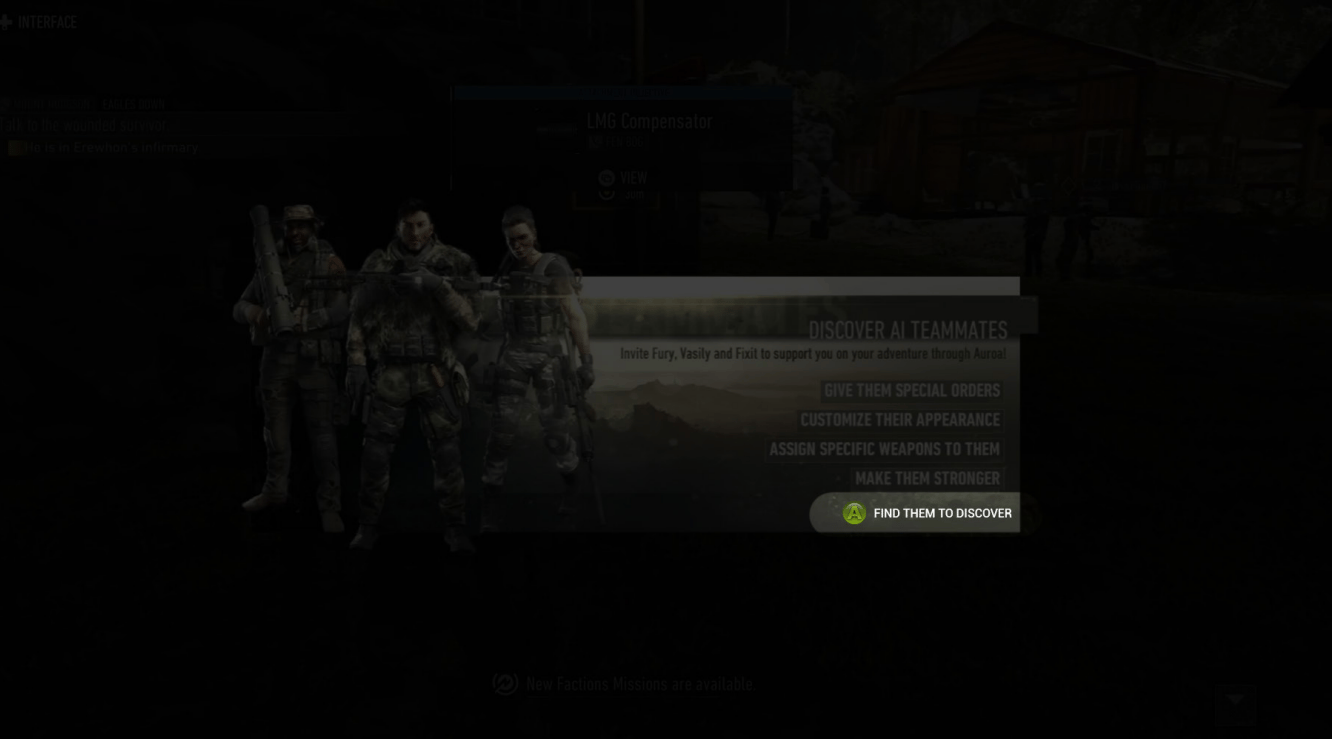
When the cinematic ends, the player receives a display a display on his screen telling him that the Teammates are available. We do not bombard him of information for the moment, the player can choose to launch the can choose to launch the Mission that will guide him to these to these famous agents. Direct quest, but secondary. The player knows that he can or cannot learn about this aspect of the aspect of the game, and come back to it whenever he wants.
04
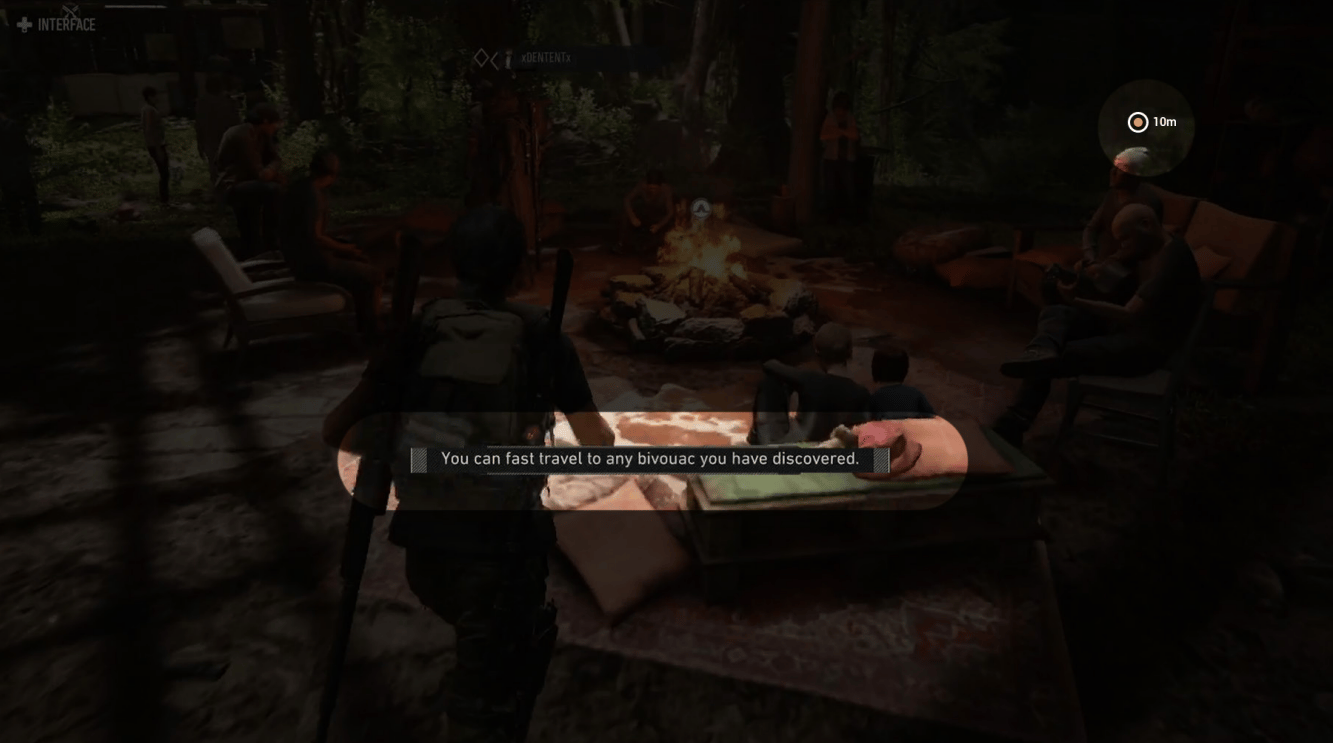
The cinematic is triggered when the player comes to interact with the NPC. The cinematic shows a group of soldiers around a bivouac, the experience is coherent. The information about the Teammates is presented in a in a video. The player has just unlocked the Teammates AI. The player's experience is the quest of this group of allies. The player goes looking for them because he has an interest or a need and receives the information as a result of an action on his part.
05
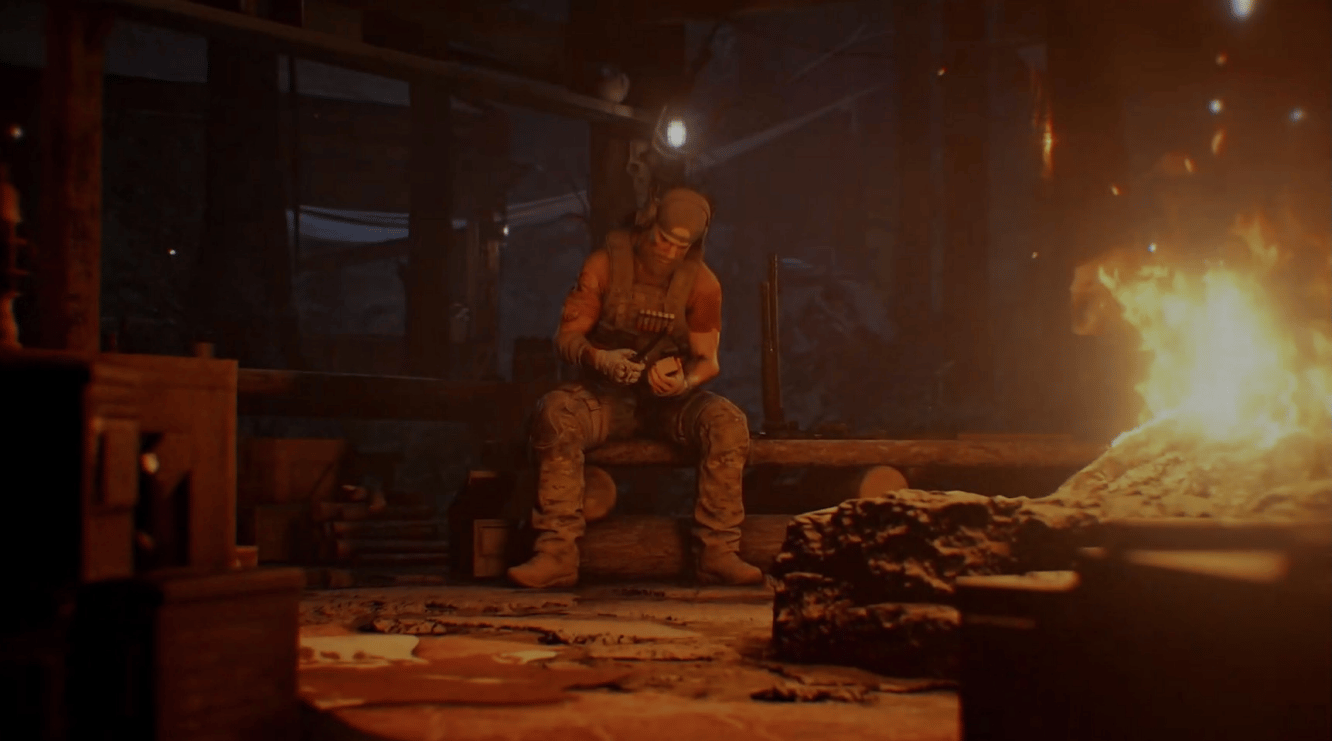
FINALLY
New organization of the interface in order to better sort the information transmitted to the to the player during the game. To obtain reference points and a quick understanding of the interface. Resolution of the problem of the hierarchy of the information on the screen.
Creating visual cues so that the player focuses his attention elsewhere helps to mental load and to promote a more fluid and enjoyable game experience for the player who for the player who is only at the discovery phase of the game.
Make the player's arrival in Erewhorn more narrative and guided by limiting the display of the objective on the screen and introducing the rest of the interactions after the cinematic (the one where the player the player discusses with the Erewhorn leaders), which seems to end the "tutorial".
The cinematic with the leaders of Erewhorn represents the point of passage between the tutorial and the entry into the real game.
Limitation of the information that are too intrusive, losing their relevance due to the fact that they are not contextualized by the narrative or a player action. The interface must serve the player's actions: having an objective that appears on the screen on the screen inciting to go and do an action for example.
Allow the player to be in control of his discoveries at this stage of the game. The mechanics, the interface, everything is already clear to him now that he has just fought, driving and looting. Erewhorn's information is additional to his experience.
NEW SCENARIO
MARIO KART
PUY DU FOU
DISCOVER
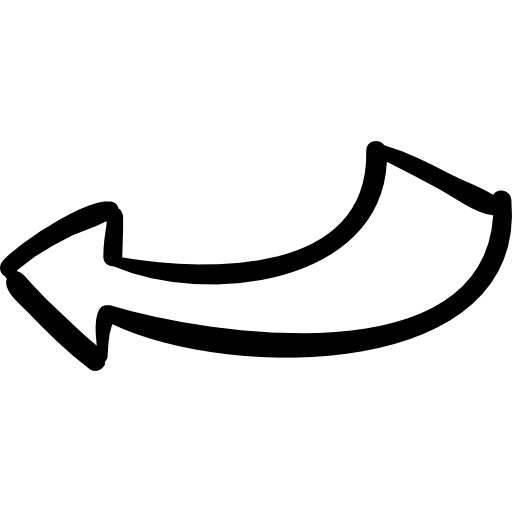
click on me !
